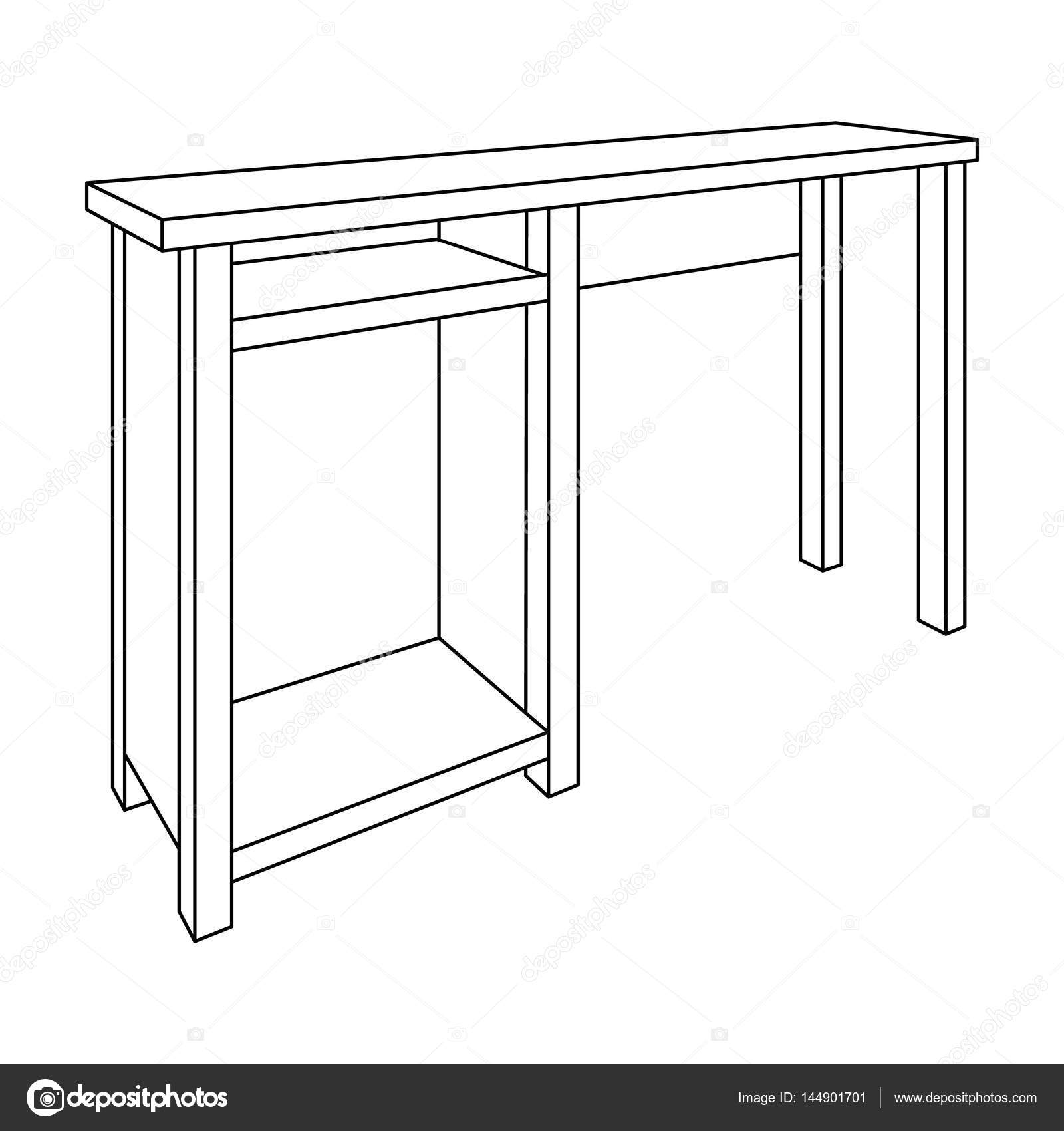Reveal The Interesting Exploration Of Reviving Old Cabinets, Uncovering Failed To Remember Stories And Unraveling The Enigmas Of Yesteryears
Reveal The Interesting Exploration Of Reviving Old Cabinets, Uncovering Failed To Remember Stories And Unraveling The Enigmas Of Yesteryears
Blog Article
Material Composed By-Stanley Lyons
To start the trip of restoring antique closets, you need a keen eye for information. Envision uncovering concealed secrets within each layer of history embedded in the wood. Picture the contentment of restoring a once-forgotten piece to its former splendor. Every step of this meticulous procedure holds the crucial to maintaining the past while developing a future heirloom. So, are you ready to start this transformative venture and unlock the potential of your antique closets?
Analyzing the Cabinet's Problem
When beginning the restoration process, start by evaluating the condition of the antique cabinet. Thoroughly analyze the overall framework for any signs of damages such as cracks, chips, or loose joints. Inspect the timber for any type of rot, bending, or insect problem that might have occurred over time. It's critical to identify the level of the remediation required prior to continuing further.
Next, check the cupboard's hardware such as hinges, handles, and locks. Make note of any missing out on pieces or components that need repair service or replacement. Guarantee that all equipment is operating properly and securely attached to the cabinet.
Additionally, assess the cabinet's coating. Try to find any kind of scratches, discolorations, or discoloration that might affect the visual charm. Establish if the surface needs to be stripped and reapplied or if a simple touch-up will certainly suffice.
Collecting the Essential Devices and Products
After evaluating the condition of the antique closet, the next step is to collect the needed devices and materials for the restoration process. Prior to you begin, guarantee you have the following things on hand:
- wood cleaner
- sandpaper in different grits
- timber filler
- paint or wood discolor
- brushes
- handwear covers
- security goggles
- a dirt mask
- a ground cloth
- a putty knife
- a hammer
- a screwdriver
- a hoover
These devices and products are crucial for an effective restoration.
Timber cleaner is crucial for removing years of dirt and gunk buildup, preparing the surface for sanding. Sandpaper of different grits assists in raveling flaws and preparing the timber for a brand-new coating. Wood filler is handy for repairing any kind of splits, holes, or damages existing in the cupboard.
Repaint or timber tarnish, in addition to brushes, permit you to customize the cupboard to your preference. office cabinet maker in mind to wear handwear covers, safety and security goggles, and a dust mask for defense. Set a ground cloth to protect your workspace, and make use of a vacuum to clean up any kind of particles.
With these tools and materials gathered, you prepare to begin the restoration procedure.
Implementing the Repair Process
To effectively perform the remediation process on your antique cupboard, begin by thoroughly cleaning the surface with the wood cleaner. This step is vital as it helps remove years of dust, gunk, and old gloss that may have built up on the surface.
When the cupboard is tidy and completely dry, assess the condition of the wood. Try to find any kind of fractures, scratches, or various other problems that require to be attended to. Use timber filler to fix any kind of flaws, ensuring to match the filler shade to the timber tone for a smooth surface.
After the fixings have dried out, delicately sand the entire surface area to create a smooth and also base for the new coating. Take care not to sand also boldy, as you do not intend to harm the wood below.
When the sanding is complete, use a wood stain or complete of your choice, complying with the producer's instructions. Permit the coating to completely dry completely before using a safety leading layer to make sure the durability of your recovered antique cabinet.
Conclusion
Since you have actually completed the remediation process, your antique cupboard looks comparable to new.
By following the step-by-step guide, you were able to analyze, fix, and enhance its condition with ease.
With a fresh surface and protective top layer, your valued item will certainly remain to shine for years to find.
Appreciate local cabinet makers of your restored antique cupboard!
